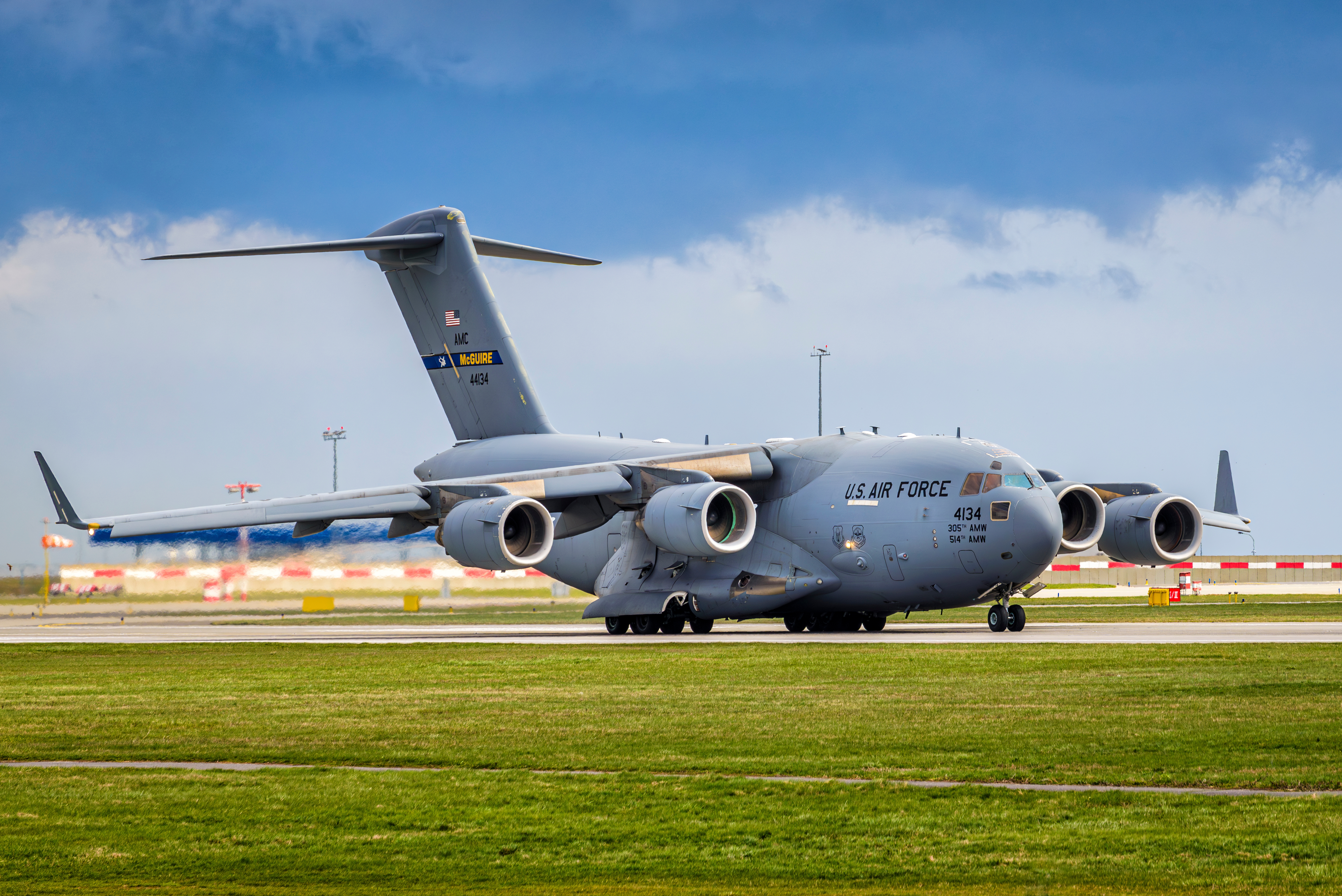
Charleston C-17: Aviation Heritage
C-17 Globemaster III: A Key Asset at Charleston Air Force Base
The C-17 Globemaster III is a vital aircraft for the United States Air Force, renowned for its strategic and tactical airlift capabilities. It carries large equipment, supplies, and troops directly to small airfields in harsh environments. This versatility makes it indispensable in both military and humanitarian operations. At Charleston Air Force Base, the C-17s are central to operations, contributing significantly to both national defense strategies and global humanitarian efforts.
Development and Design
The development of the C-17 began in the early 1980s with the goal of replacing older aircraft like the C-141 Starlifter. McDonnell Douglas, and later Boeing, focused on creating an aircraft that could handle oversized cargo and land on austere runways. The design features a high-wing design, four turbofan engines, and a distinctive T-tail. Its rear loading ramp facilitates rapid loading and unloading.
Inside, the cargo bay is spacious, measuring over 88 feet in length. It can accommodate a wide variety of equipment, including tanks, large machinery, and helicopters. This capability is tailored to meet the dynamic needs of military operations.
Operational Use
C-17s based at Charleston play a critical role in various missions. They are tasked with transporting troops and cargo across significant distances swiftly. The aircraft’s ability to perform both conventional and strategic missions makes it extremely versatile. This dual functionality proves essential in situations ranging from rapid deployment of forces to providing immediate disaster relief.
The C-17 can operate on runways as short as 3,500 feet and perform tactical airlift and airdrop missions. In combat zones, this adaptability keeps supplies and personnel flowing despite challenging conditions.
Global Humanitarian Missions
Apart from military uses, the C-17 plays a significant part in humanitarian aid operations. In the aftermath of natural disasters, C-17s deliver crucial supplies such as food, water, and medical aid to remote areas. Its large range and cargo capacity make it ideal for urgent missions when disaster strikes far across the globe.
Charleston’s C-17s have responded to numerous international crises. Their rapid deployment capability allows them to reach distressed areas quickly, providing help when it’s needed most.
Technical Features and Avionics
The C-17 is engineered for optimal performance and safety. The fly-by-wire flight control system enhances maneuverability, allowing pilots to efficiently handle the aircraft under different conditions. State-of-the-art avionics support the crew with navigation, communication, and precision during complex missions.
Powered by four Pratt & Whitney F117-PW-100 turbofan engines, the C-17 achieves speeds of up to 518 mph. The engines facilitate short takeoffs and landings, enabling operations in various regions worldwide.
Aircraft Refueling and Range
The C-17 can be refueled mid-air, extending its operational range considerably. This capability allows flights to continue uninterrupted over vast distances. Aerial refueling is a crucial feature during missions that require the aircraft to remain airborne for extended periods.
With a maximum range of nearly 5,000 nautical miles, the C-17 can transport equipment and personnel to far-away locations without the need for immediate refueling.
Contribution to National Defense
Charleston’s C-17 fleet is a linchpin in the national defense infrastructure. The aircraft support airlift operations for the United States, providing a global reach that ensures a rapid response capability. This power projection is fundamental in maintaining American interests internationally.
The C-17’s reliability and multi-mission capacity contribute significantly to both peacekeeping efforts and strategic deterrence.
Training and Evaluation
Regular training at Charleston ensures that crews maintain their proficiency in operating the C-17. Simulator training supplements real-world exercises, preparing pilots and crew for a variety of scenarios they may encounter. Evaluation and continual improvement are cornerstones of the training programs, ensuring the highest standards are met.
In addition to pilots, maintenance personnel undergo extensive training. This ensures the aircraft remain in top operational condition, with minimized downtime.
Impact on Charleston Community
The presence of the C-17 at Charleston Air Force Base has a considerable impact on the local community. It provides numerous jobs, not only for military personnel but also for civilians. Contractors and service providers supporting the base contribute significantly to the local economy.
Community engagement programs strengthen relations between the base and the surrounding area. Open days and educational outreach initiatives invite local residents to learn about the mission and operations of the C-17.
Future and Modernization
Looking ahead, modernization plans aim to keep the C-17 fleet at the cutting edge. Upgrades in avionics, communications, and propulsion ensure that the aircraft remains relevant in an evolving global landscape. Continued investment in technology and training supports the C-17’s longstanding service.
Efforts are also underway to enhance environmental performance, reducing the carbon footprint of operations without compromising efficacy.
Retrospective Analysis
Since its introduction to Charleston Air Force Base, the C-17 Globemaster III has proven its worth time and again. By balancing heavy-duty performance with operational flexibility, it meets a wide spectrum of needs. Past missions provide valuable lessons that shape future tactics and strategies.
The C-17 remains a testament to advanced engineering and strategic foresight. Its role at Charleston continues to evolve, adapted to new challenges while maintaining core capabilities.
Frequently Asked Questions
- What is the role of the C-17 at Charleston?
The C-17 is used for transporting troops, cargo, and humanitarian aid across long distances, supporting both military operations and disaster relief.
- How does the C-17 handle different missions?
Its design allows it to operate on short runways and perform airlift, airdrop, and medical evacuations, making it versatile for various missions.
- What are the training requirements for C-17 crews?
Pilots and crews undergo rigorous real-world and simulator training to ensure high proficiency and readiness.
- How does the C-17 impact the Charleston community?
The base offers jobs and supports local business, while engagement programs foster strong community relations.
Charleston C-17 Memorabilia and Gifts
Show your pride in Joint Base Charleston and the 437th Airlift Wing with these recommended items:
This article contains affiliate links. We may earn a commission on purchases at no additional cost to you.